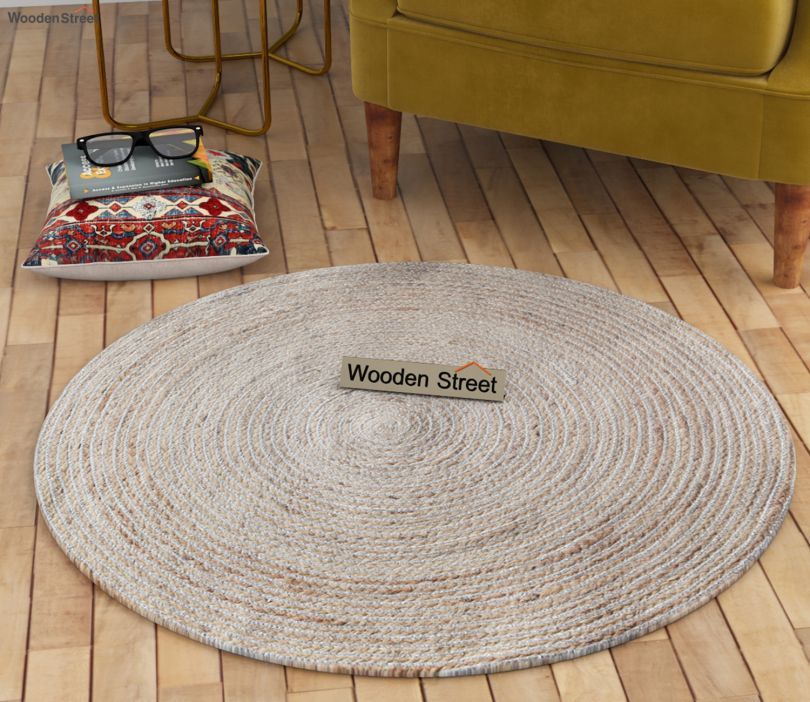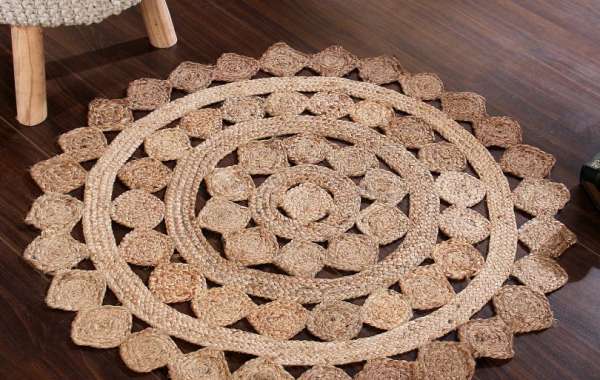Choosing the right rug can transform your home, adding warmth, style, and comfort. With countless options available, making the right choice can be daunting. Here’s a comprehensive guide to help you choose the perfect rug for your home.
1. Assess Your Space
Room Size and Layout
First, measure the room where you plan to place the rug. This will help you determine the size of the rug you need. Consider the layout of your furniture and how the rug will fit into the space. For a living room, a common rule is to ensure the rug is large enough to fit all the front legs of your furniture on it. In a dining room, the rug should be large enough to accommodate the table and chairs, even when the chairs are pulled out.
Functionality and Traffic
Consider the function of the room and the amount of foot traffic it receives. High-traffic areas like entryways and hallways require durable, easy-to-clean rugs. Low-traffic areas, such as bedrooms, can accommodate more delicate and plush rugs.

2. Choose the Right Material
Natural Fibers
Natural fiber rugs, such as wool, cotton, jute, and silk, offer durability and a luxurious feel. Wool rugs are highly durable, stain-resistant, and soft underfoot, making them a popular choice for living rooms and bedrooms. Cotton rugs are affordable and easy to clean but may not be as durable. Jute and sisal rugs provide a natural, textured look but are best suited for low-traffic areas. Silk rugs are luxurious and add a touch of elegance, but they are delicate and require professional cleaning.
Synthetic Fibers
Synthetic rugs, such as polypropylene, nylon, and polyester, are durable, stain-resistant, and budget-friendly. They are ideal for high-traffic areas and homes with children or pets. These rugs are available in a wide range of colors and patterns, making them versatile for various decor styles.
3. Consider the Style and Design
Color
The color of the rug can set the tone for the entire room. If you want the rug to be the focal point, choose a bold color or pattern. For a more subtle look, opt for neutral tones that complement the existing decor. Consider the color of your walls, furniture, and accessories when choosing a rug color. Light-colored rugs can make a room appear larger, while dark-colored rugs can create a cozy, intimate atmosphere.
Pattern
Patterns can add visual interest and depth to a room. Geometric patterns work well in modern spaces, while floral or traditional patterns suit classic interiors. Striped rugs can elongate a room, while abstract designs can add a contemporary touch. When mixing patterns, ensure there is a common color palette to create a cohesive look.
4. Determine the Right Size
Living Room
In the living room, the rug should be large enough to anchor the furniture. A common approach is to place all the front legs of the furniture on the rug. Alternatively, you can opt for a smaller rug that sits in front of the furniture. For a more unified look, consider a rug that covers the entire seating area, with all furniture legs resting on it.
Dining Room
For the dining room, the rug should extend at least 24 inches beyond the edges of the table to accommodate chairs being pulled out. This ensures that the chairs remain on the rug, protecting your floors and maintaining a balanced look.
Bedroom
In the bedroom, place the rug under the bed, extending on all sides to create a soft landing when you get out of bed. For smaller bedrooms, a runner on either side of the bed can provide comfort and style.
5. Maintenance and Care
Cleaning
Regular cleaning is essential to maintain the appearance and longevity of your rug. Vacuum your rug regularly to remove dust and dirt. For spills and stains, blot the area immediately with a clean cloth and use a mild detergent if necessary. Professional cleaning is recommended for deep cleaning, especially for natural fiber rugs.
Rotation
Rotate your rug every few months to ensure even wear and prevent fading in areas exposed to direct sunlight.
Conclusion
Choosing the perfect rug for your home involves careful consideration of the room size, material, style, and maintenance. By assessing your space, selecting the right material, considering the style and design, determining the appropriate size, and understanding how to care for your rug, you can find a rug that enhances the beauty and comfort of your home.




